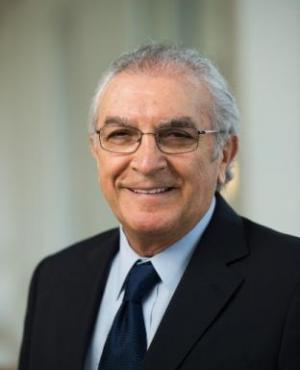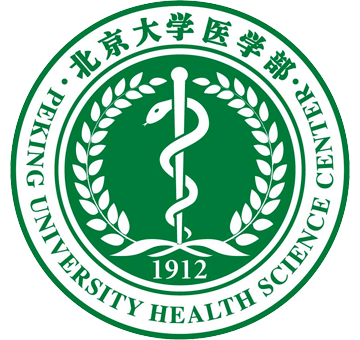
Xuebin Li, MD
JI Program: Cardiovascular
Status: Completed
Summary
This translational research project addresses the roles played by specific pathways of the renin-angiotensin-aldosterone system (RAAS) in the molecular mechanisms that lead to the transition from paroxysmal to persistent atrial fibrillation (AF). We will use clinically relevant in-vivo models of pacing-induced long-term persistent AF in sheet and Chinese mini swine to investigate the specific roles played by transforming growth factor-β1 (TGF-β1) and platelet derived growth factor (PDGF), two of the RAAS signaling molecules, in regulating such a transition. Temporal changes in plasma and cardiac specific levels of TGF-β1, PDGF and serum fibrosis markers will be correlated with changes in the atrial fibrillatory rate during the progression from paroxysmal to persistent AF. In addition, the effects of eplerenone and/or traditional Chinese medicines in preventing the paroxysmal-to-persistent AF transition will be compared. Two cohorts of patients with paroxysmal AF will be established – one at each institution – to test the hypothesis that systemic plasma and cardiac specific levels of serum fibrosis markers correlate with the progression from paroxysmal to persistent AF. The translation from bench-to-bedside research has major clinical relevance in the U.S. and in China, and the results from this work may lead to the development of novel diagnostic targets and pharmacologic tools aimed at the prevention of persistent AF in patients.
Outcomes
- More than 55 patients with either paroxysmal or persistent AF were recruited and being followed up according to the protocol.
- Dr. Yoshio Takemoto, was awarded the 2016 Young Author Achievement Award by the American College of Cardiology for this JI publication.
- One resident from Michigan Medicine completed a one-month clinical rotation mentored by Dr. Li.
- Two PKUHSC PhD graduates were supported by this project.
- One grant from the Chinese National Natural Science Foundation as approved based on part of the research done through this JI collaboration.
Publications
- Takemoto Y, Ramirez RJ, Yokokawa, M, …Jalife J. (2016) Galectin-3 Regulates Atrial Fibrillation Remodeling and Predicts Catheter Ablation Outcomes. JACC Basic Transl Sci. 1(3): 143–154.
- Takemoto Y, Slough DP, Meinke G, Katnik C, Graziano ZA, Chidipi B, Reiser M, Alhadidy MM, Ramirez R, Salvador-Montañés O, Ennis S, Guerrero-Serna G, Haburcak M, Diehl C, Cuevas J, Jalife J, Bohm A, Lin YS, Noujaim SF. Structural basis for the antiarrhythmic blockade of a potassium channel with a small molecule. FASEB J. 2018 Apr;32(4):1778-1793.
- Takemoto Y, Ramirez RJ, Kaur K, Salvador-Montañés O, Ponce-Balbuena D,Ramos-Mondragón R, Ennis SR, Guerrero-Serna G, Berenfeld O, Jalife J. Eplerenone Reduces Atrial Fibrillation Burden Without Preventing Atrial Electrical Remodeling. J Am Coll Cardiol. 2017, Dec 12;70(23):2893-2905.
- Pandit SV, Anumonwo J, Jalife J. Atrial Fibrillation Susceptibility in Obesity: An Excess Adiposity and Fibrosis Complicity? Circ Res. 2016 May 13;118(10):1468-1471.



